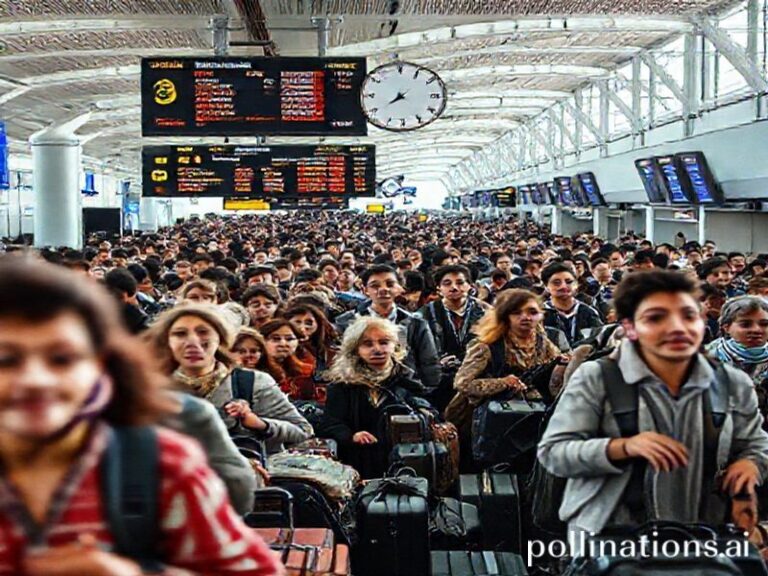Salem, Massachusetts, is Trending Globally: Here’s Why You Should Care
**🔮 Why Salem, Massachusetts, is Haunting the Global Spotlight (Again) 🔮**
Buckle up, folks, because we’re about to dive into a topic that’s got more twists than a pretzel factory. Salem, Massachusetts, the town that gave us the witch trials of 1692, is back in the global spotlight, and it’s not just because of its annual Halloween festivities. So, why is everyone from TikTok teens to international news outlets suddenly obsessed with this historic New England town? Let’s break it down.
**A Brief History Lesson (Don’t Zone Out!)**
First, let’s rewind to the late 17th century. Salem was a puritanical hotspot where folks were about as fun as a wet blanket. Then, out of nowhere, a bunch of young girls started acting like they were possessed by the devil. Cue mass hysteria, and before you could say “burn the witch,” 20 people were executed, and hundreds more were accused. It’s a dark chapter in American history, but it’s also a story that’s captured imaginations for centuries.
**Why Now? The Cultural Context**
So, why is Salem trending now? Well, for starters, the town has become a hotspot for paranormal enthusiasts and history buffs alike. With its cobblestone streets, historic homes, and eerie museums, it’s like the Disneyland of the macabre. But beyond the tourism, there are a few key factors driving Salem’s sudden surge in popularity.
1. **Pop Culture Influence**: Shows like *The Chilling Adventures of Sabrina* and *Witches of East End* have brought witchcraft back into the mainstream. And let’s not forget the countless TikTokers who’ve turned witchcraft into a lifestyle, complete with #witchtok and #salemwitchtrials hashtags.
2. **Social Justice Parallels**: Believe it or not, the Salem witch trials have become a metaphor for modern-day issues like mass hysteria, fake news, and social injustice. People are drawing parallels between the trials and everything from the #MeToo movement to the January 6th Capitol riot. It’s like history is repeating itself, but with better lighting and more hashtags.
3. **The Pandemic Effect**: With travel restrictions lifting and people looking for unique getaways, Salem has become a hot destination for those seeking a spooky escape. Plus, who doesn’t love a good ghost tour after a year of quarantine?
**The Social Impact**
Salem’s resurgence isn’t just about tourism dollars (though, let’s be real, that’s a big part of it). It’s also about the conversations it’s sparking. The town’s dark history is forcing us to confront some uncomfortable truths about mass hysteria, scapegoating, and the dangers of groupthink.
Moreover, Salem’s modern-day witch community is using the town’s history as a platform for empowerment. They’re reclaiming the narrative around witchcraft, turning it into a symbol of female power and resilience. It’s like they’re saying, “You tried to burn us, but we’re still here, and we’re sparking a movement.”
**What Makes Salem Significant?**
So, why should you care about Salem’s sudden surge in popularity? Well, for starters, it’s a reminder that history isn’t just something that happens in dusty old textbooks. It’s alive, it’s relevant, and it’s shaping our world in ways we might not even realize.
Plus, Salem’s story is a cautionary tale about the dangers of fear-mongering and the power of collective delusion. In an era of fake news and political polarization, it’s a lesson we’d do well to heed.
**Conclusion: The Witching Hour is Now**
In conclusion, Salem, Massachusetts, is trending globally because it’s a perfect storm of history, pop culture, and social commentary. It’s a town that’s equal parts haunted and empowering, a place where the past and present collide in a swirl of cobblestone streets and social media hashtags.
So, whether you’re a history buff, a paranormal enthusiast, or just someone looking for a spooky getaway, Salem is a destination worth exploring. Just remember, as you wander its eerie streets, to keep an open mind and a critical eye. After all, the lessons of Salem are as relevant today as they were in 1692.







